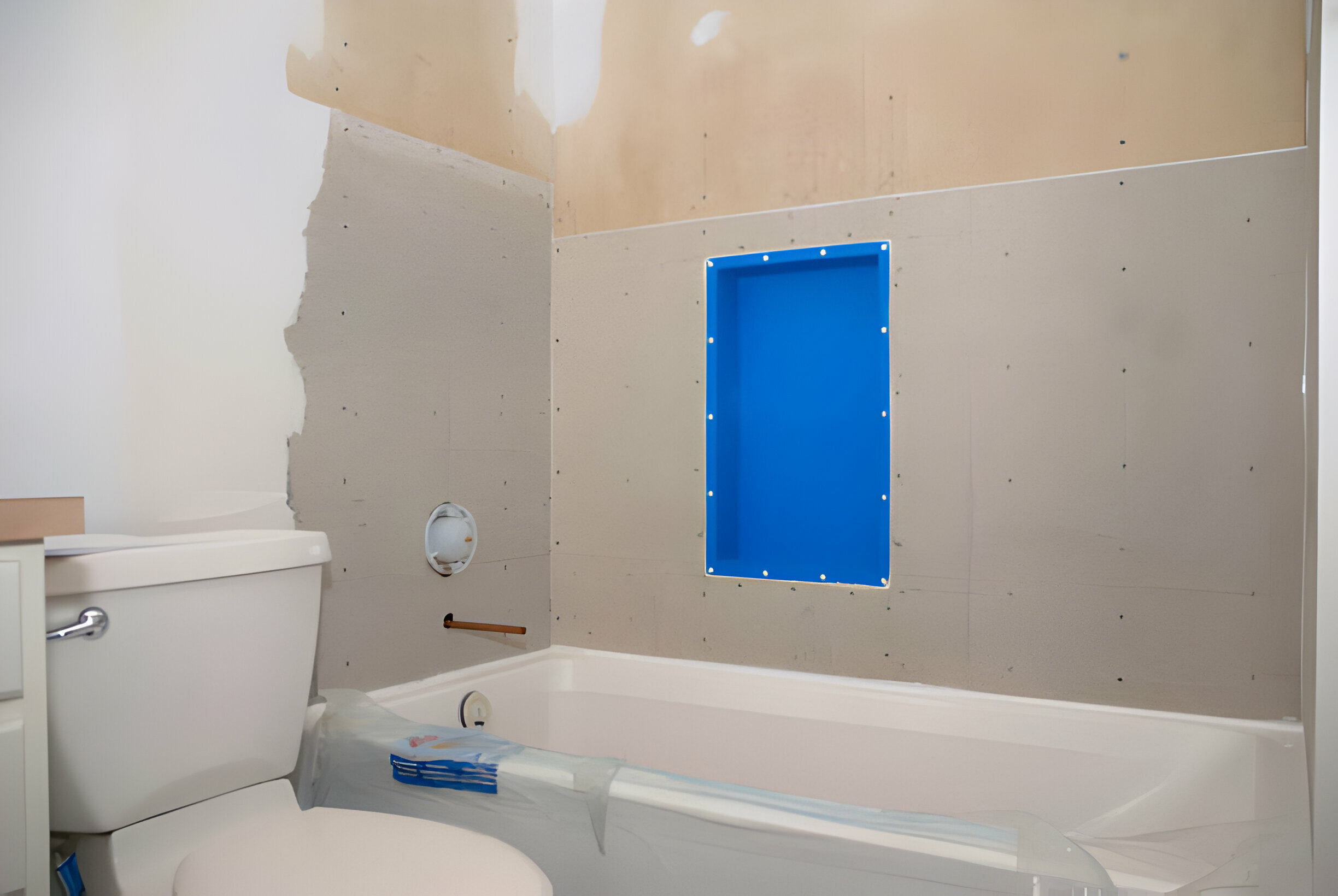
FAQs
- Do I need a building permit to add a shower to my half bath?
- Building permit requirements vary depending on your location and the extent of the renovation. Check with your local building department to determine if a permit is required for your project.
- Can I install a shower in a small half bath?
- Yes, you can install a shower in a small half bath by choosing a compact shower enclosure and optimizing space utilization. Consider options such as corner showers or walk-in showers to maximize space efficiency.
- How long does it take to add a shower to a half bath?
- The time required to complete the installation of a shower in a half bath can vary depending on factors such as the complexity of the project, availability of materials, and contractor schedules. On average, the process can take several days to a week.
- What are the maintenance requirements for a shower added to a half bath?
- Regular maintenance of your new shower, including cleaning the enclosure, replacing worn-out parts, and addressing any leaks or plumbing issues, will help ensure its long-term functionality and appearance.
- Can I DIY the installation of a shower in my half bath?
- While some aspects of the installation process may be suitable for DIY enthusiasts, such as assembling the shower enclosure, hiring professionals for tasks such as plumbing installation is recommended to ensure safety and compliance with building codes.







